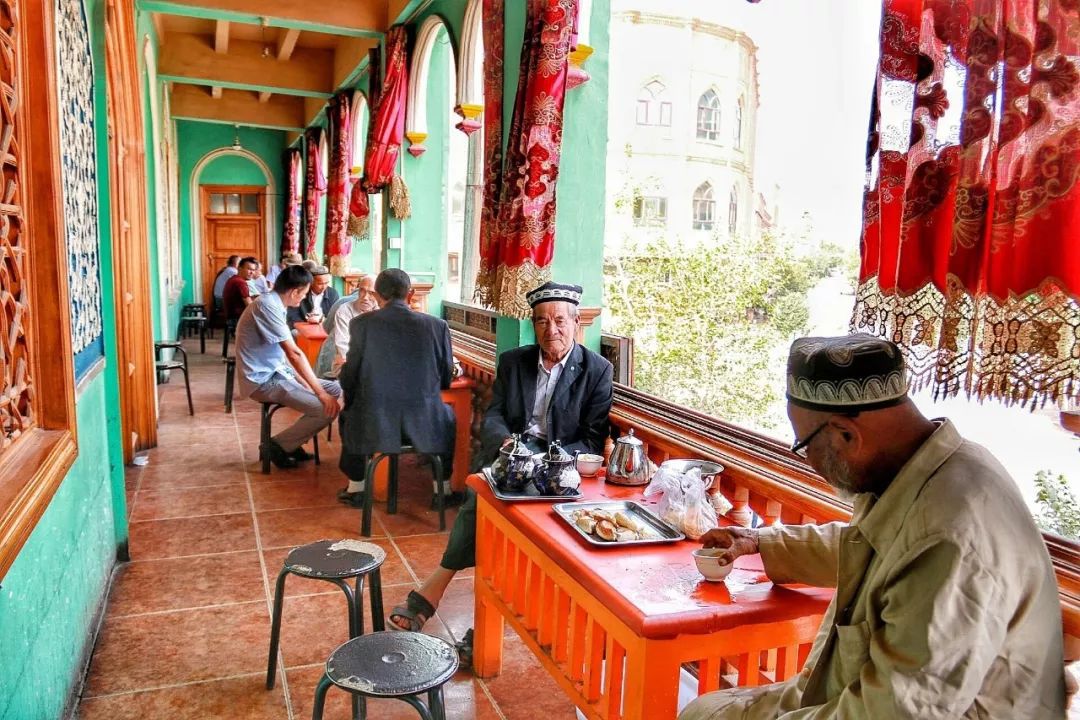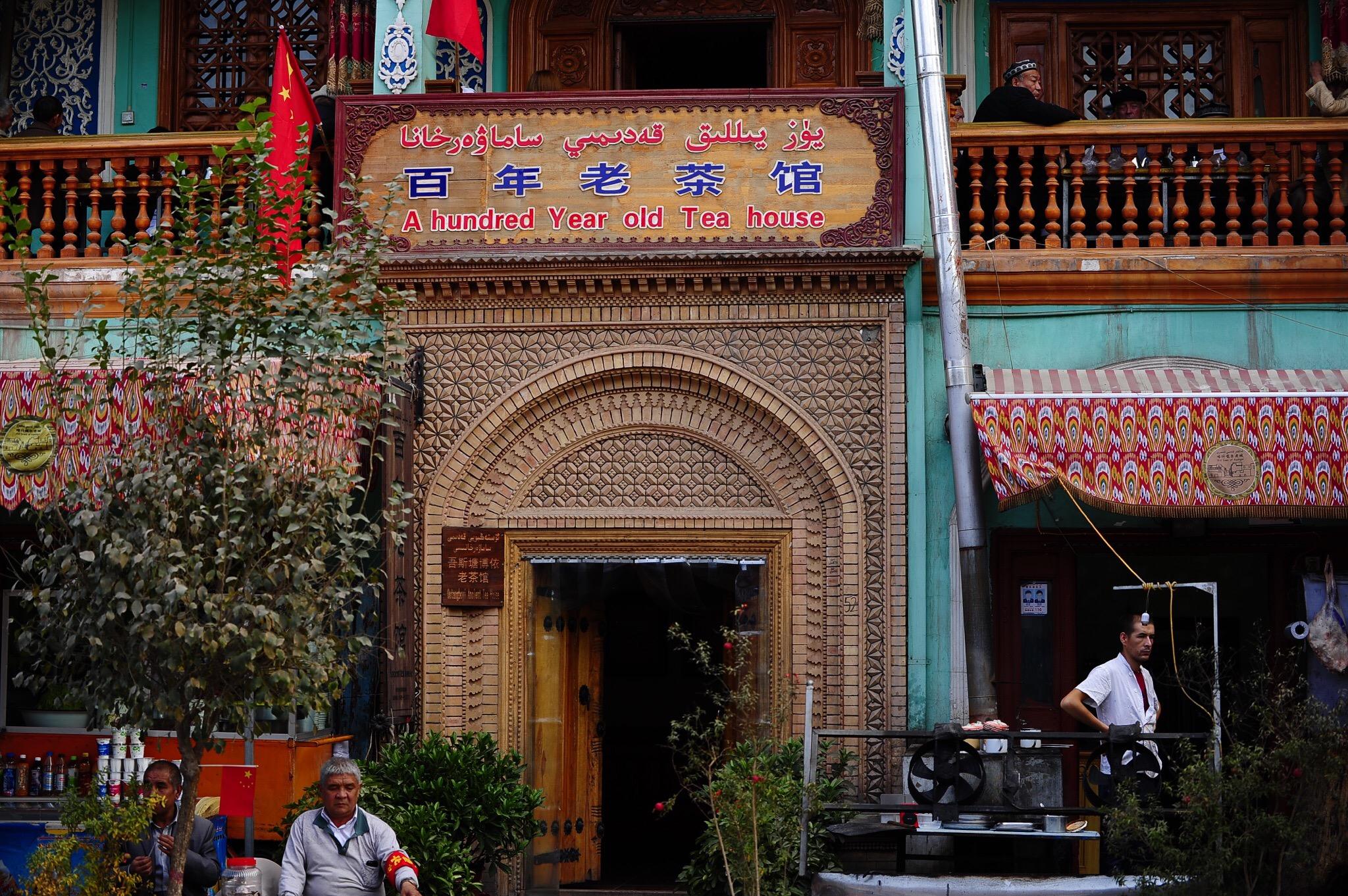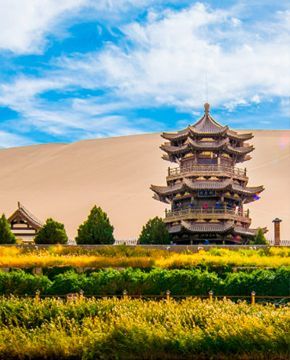As one of the popular travel destinations in Xinjiang, stepping into Kashgar is like being transported into the mysterious Arabian Fairy Tales.
This far-flung city in Xinjiang is a must-see for its beautiful scenery and intoxicating culture. Miraculous, modern China peels away to reveal the arresting sights, sounds, fragrance and atmosphere of a 2,000-year-old Middle Eastern Town.
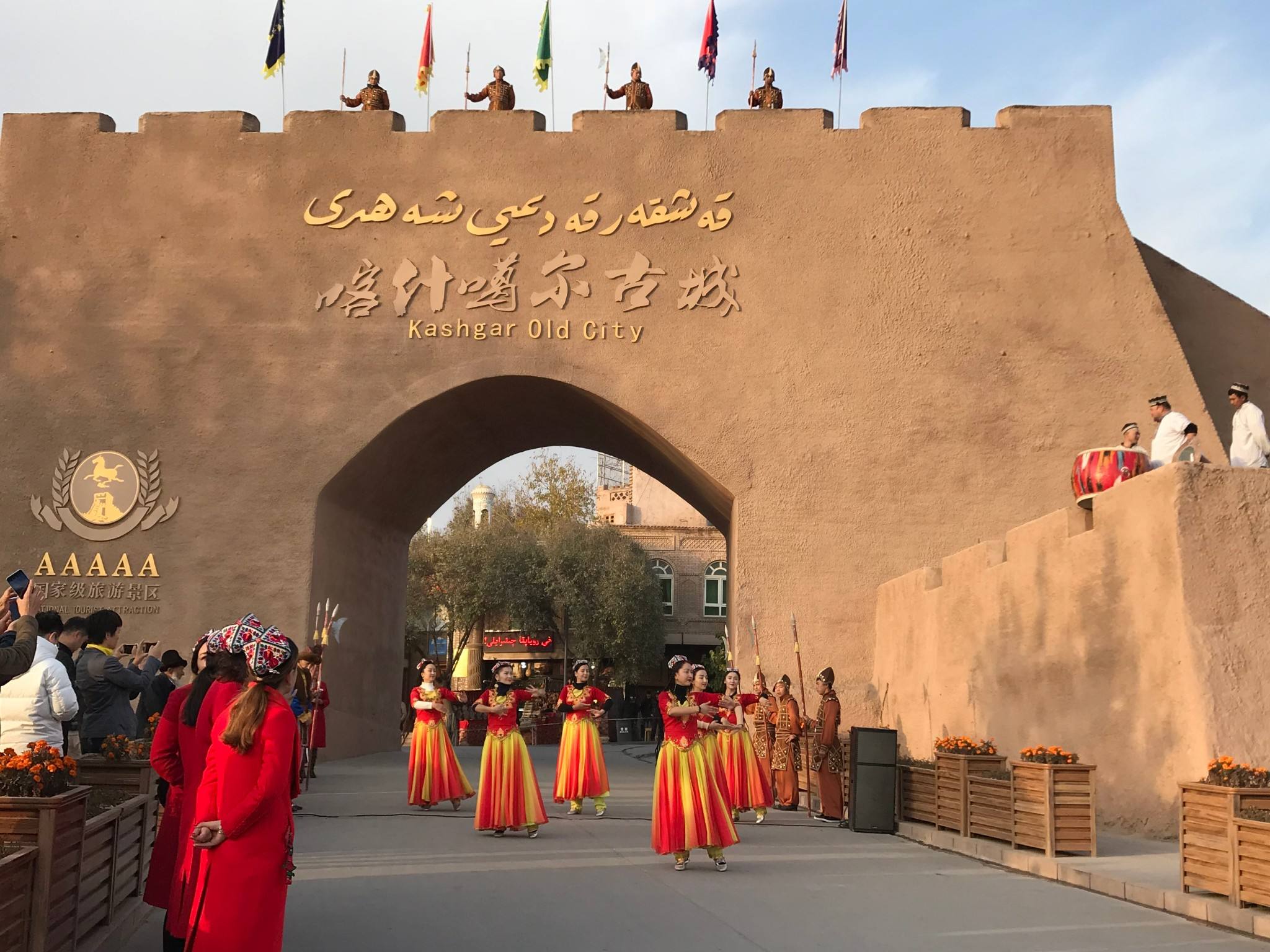
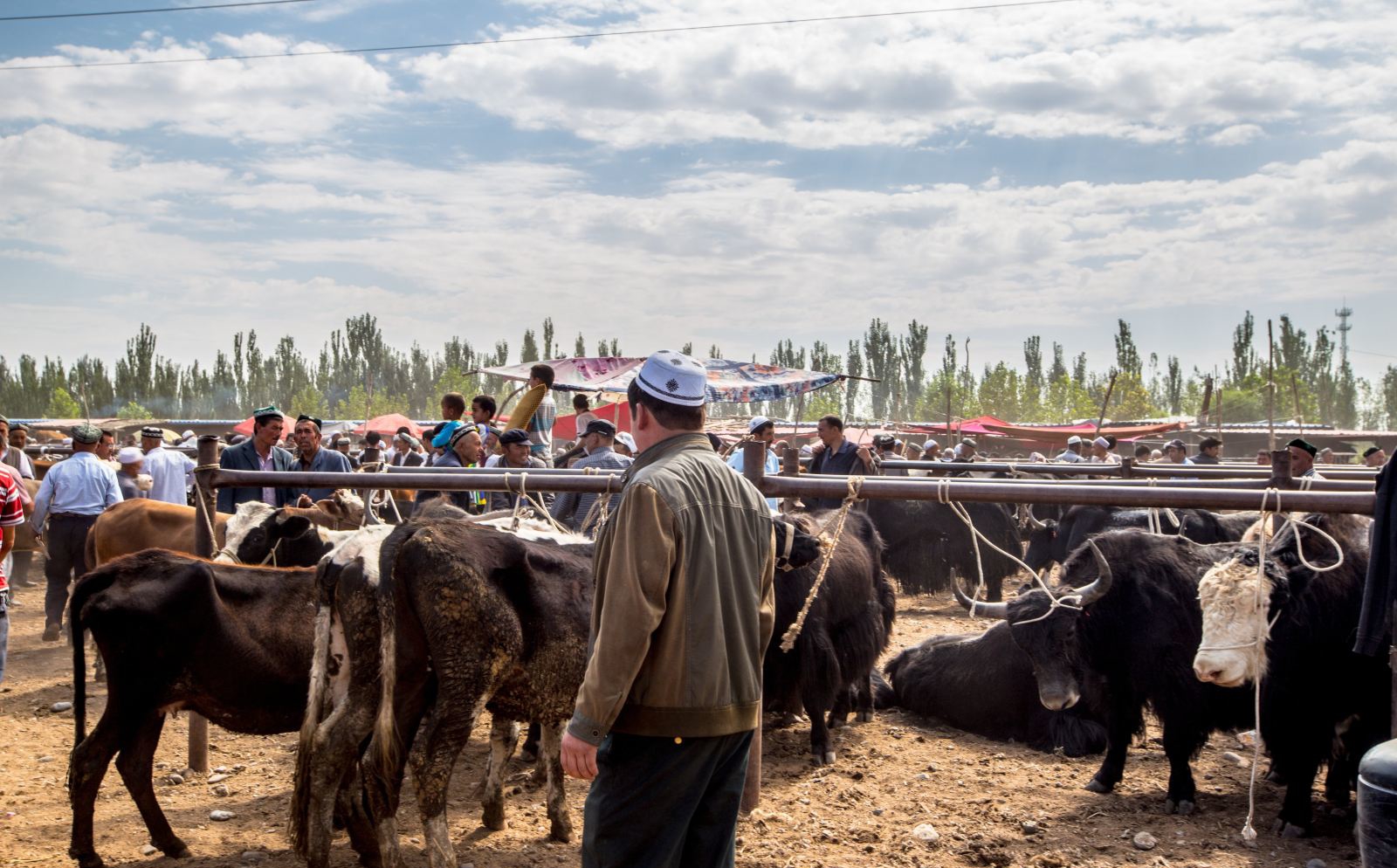
Introduction of Kashgar Cuisine:
The cuisine is an important "name card" for a city. As the westernmost city in China, Kashgar is famous for its wonderful, diversified and delicious local cuisine.
Kashgar is known as a hub of communication and exchange for different cultures and civilizations, while the city's cuisine reflects the cooking styles of different ethnic groups in Xinjiang Uygur Autonomous Region.
Different ethnic groups in Xinjiang have different cooking and eating methods. As the largest population in Kashgar (more than 90 percent), Uygur food dominates the city. The food is characterized by mutton, beef, chicken, carrots, tomatoes, peppers, onions and other dairy foods. Many Uygur dishes are influenced by other ethnic groups in both Xinjiang and central Asia, and popular local dishes are welcomed by both residents and travellers.
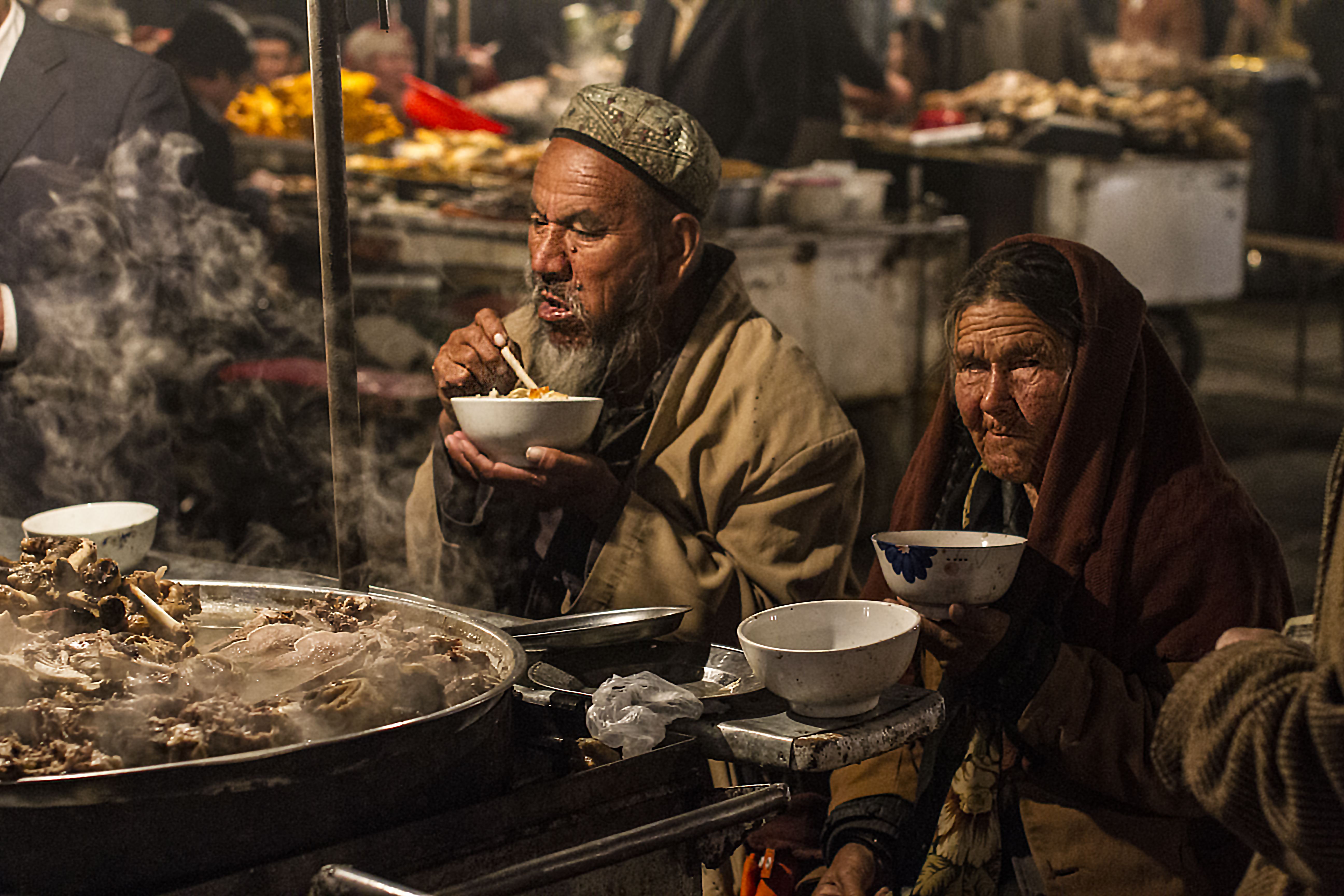
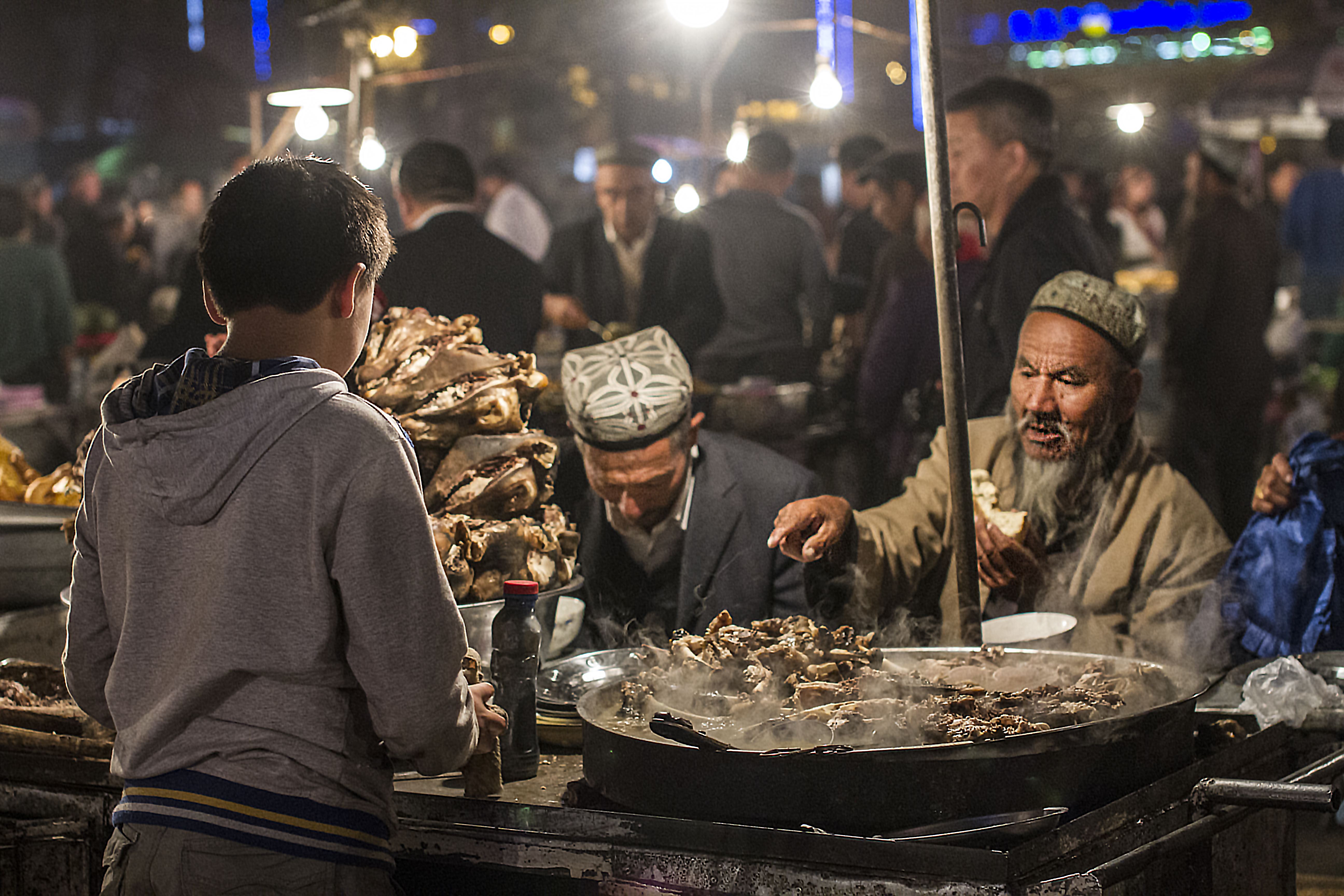
Kebab:
The most famous and popular Uygur food in Kashgar and Xinjiang is "Kebab," or "Kavap" in Uygur. Kebab can be found in streets, bazaars and restaurants in Kashgar, and is favoured by both Uygur and Han residents. They are small pieces of meat roasted on skewers over charcoal, and usually made from lamb and spiced accordingly.
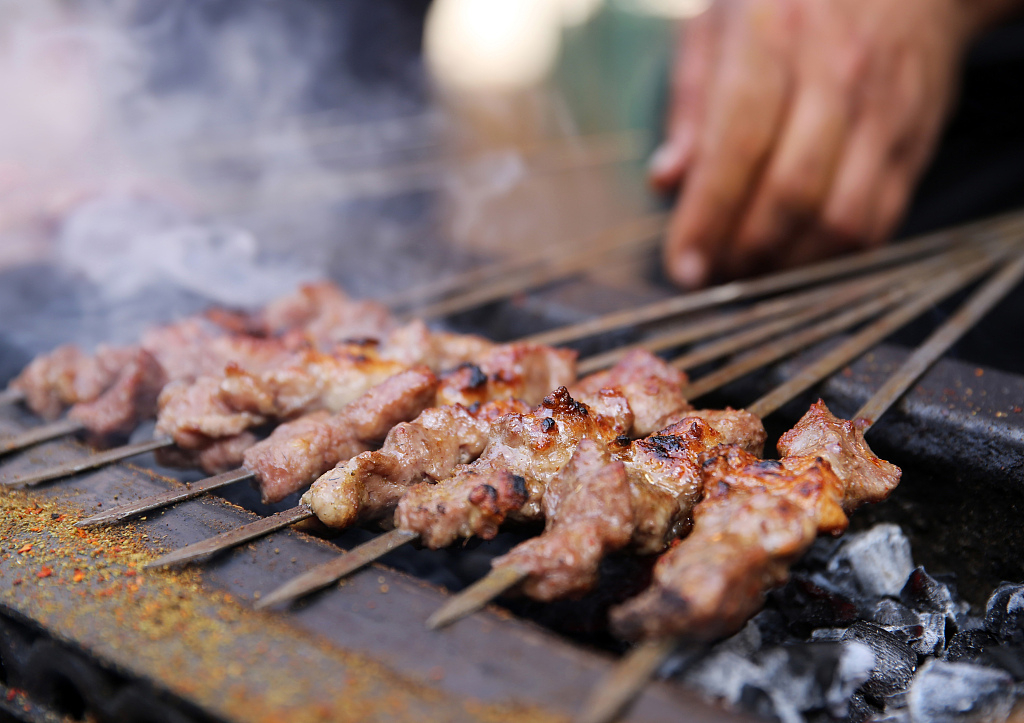
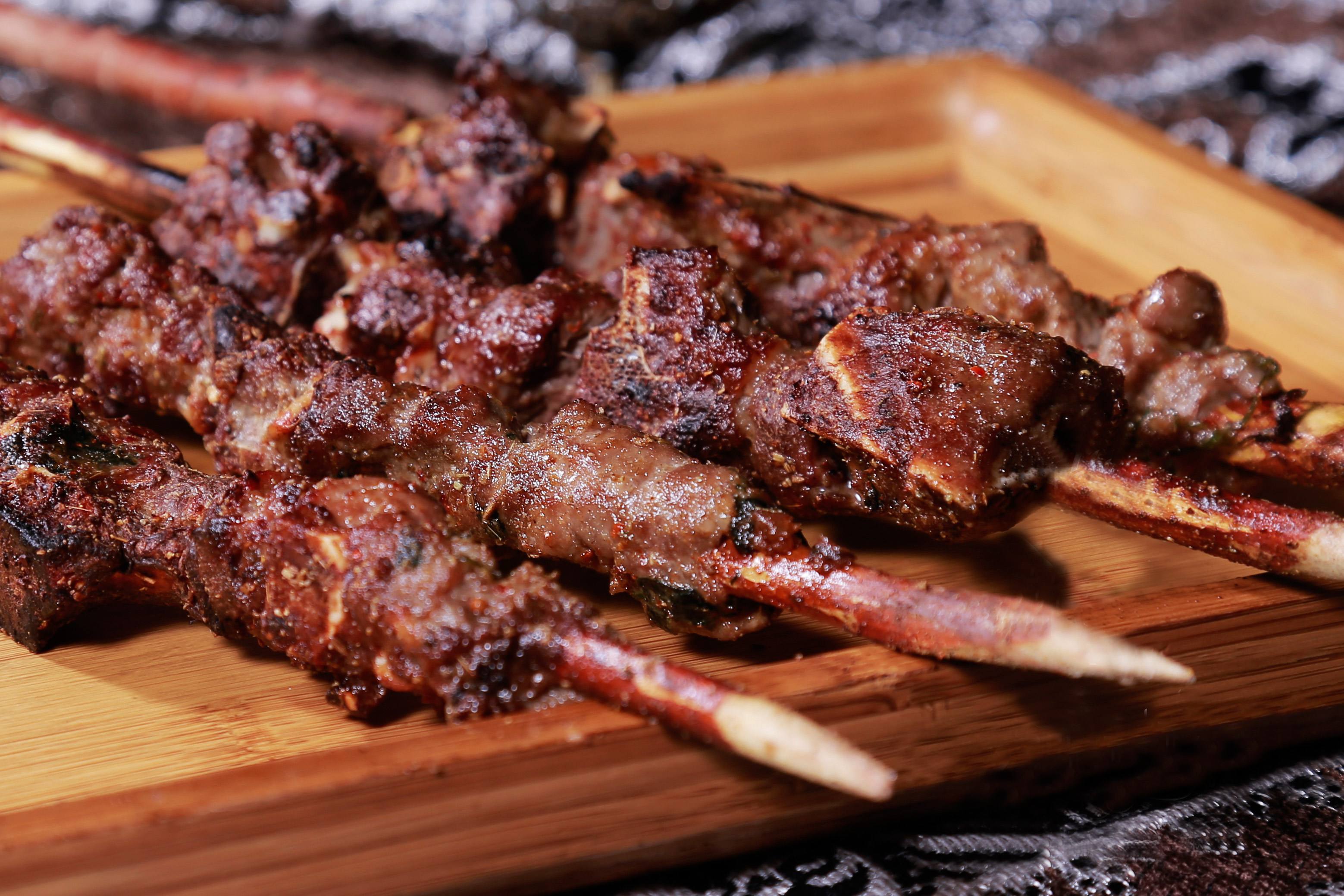
Kavap and Naan:
Kavap is served with naan (baked flatbread), Samsa (fried or baked dumpling) or Polu (grabbed food). Naan is a staple food that can be found in both Xinjiang and Central Asia. Naan resembles pita bread and is made up of sesame seeds, butter, milk, vegetable oil, salt and sugar. The food is cooked in a tandoor and can be eaten directly or served with meat or other vegetables. Naan shops are seen on every street and are a portion of daily food for locals.
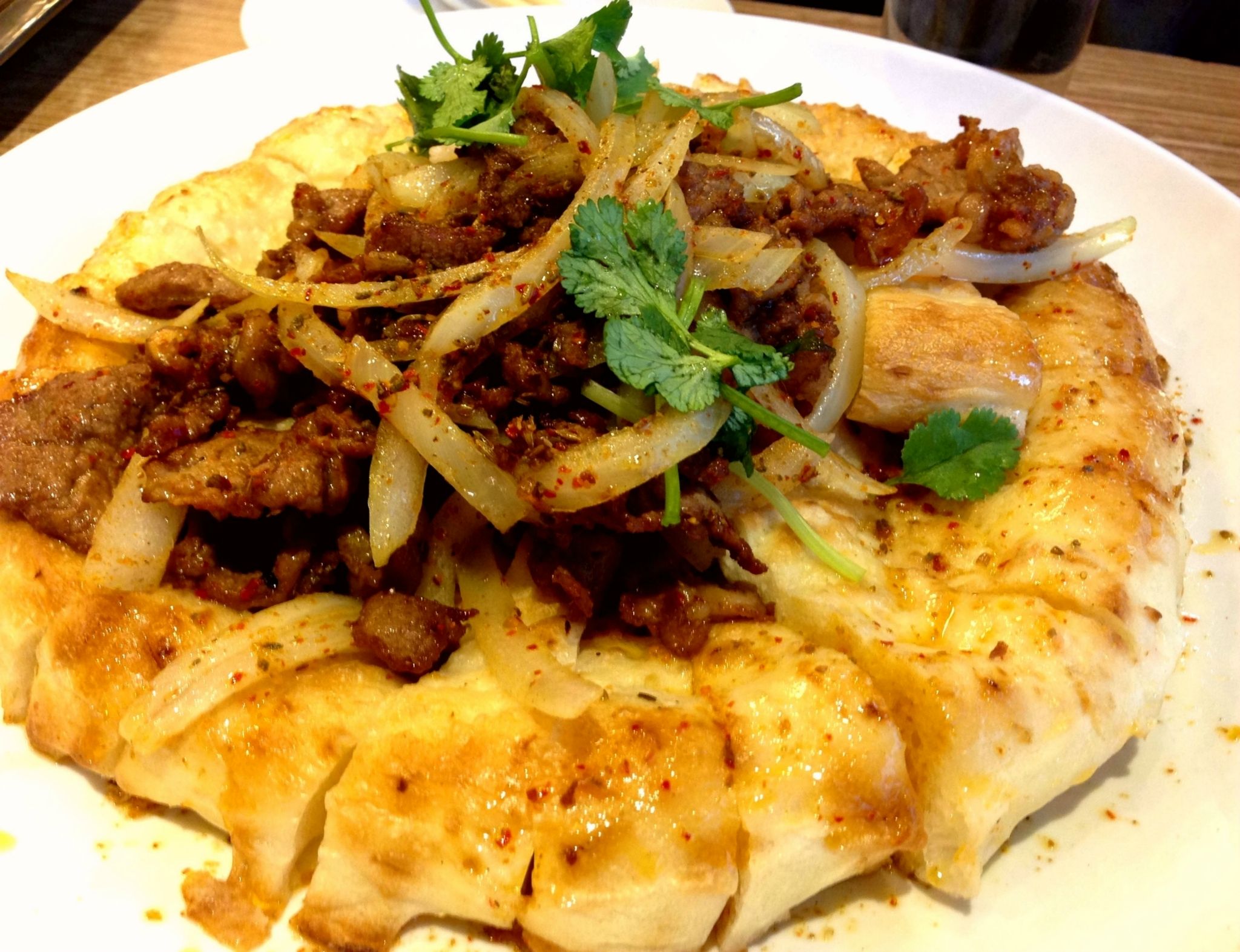
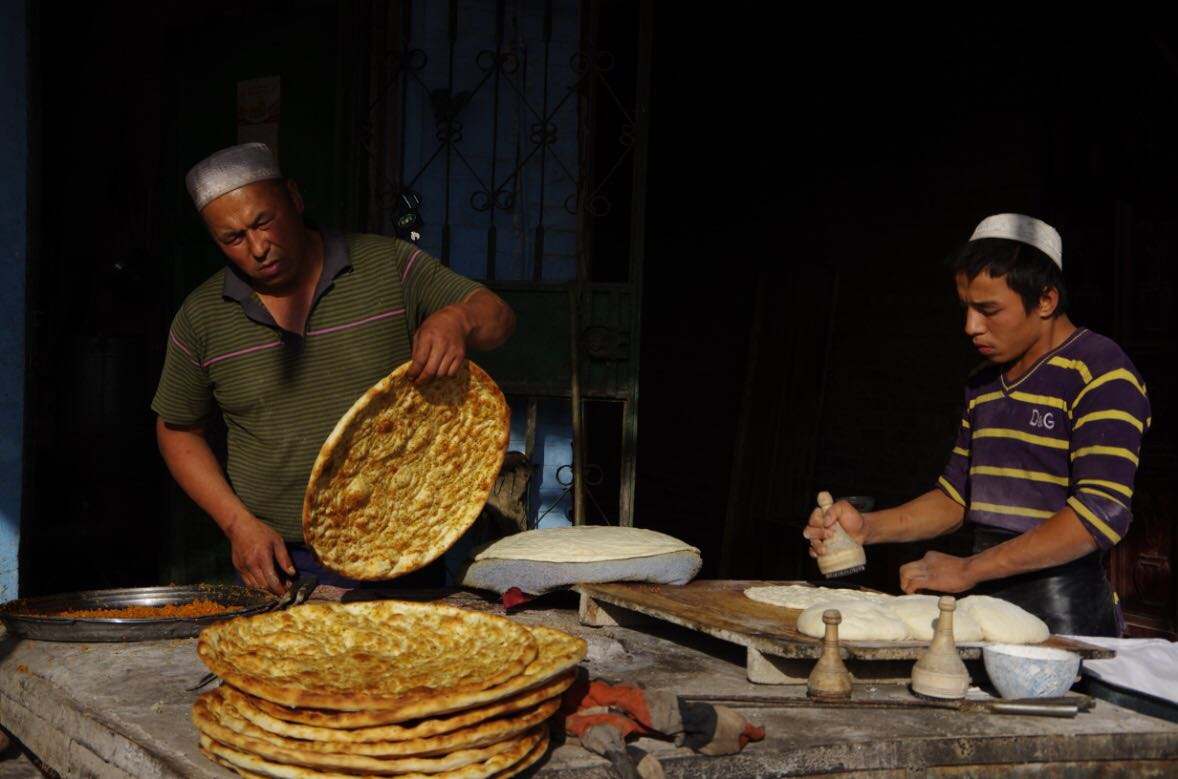
Samsa:
Samsa is fried or baked dumplings, filled with potatoes, onions, mutton or beef. They are usually considered appetizers or snacks for locals and can provide an energy boost after hours of wandering the streets or shopping in bazaars.
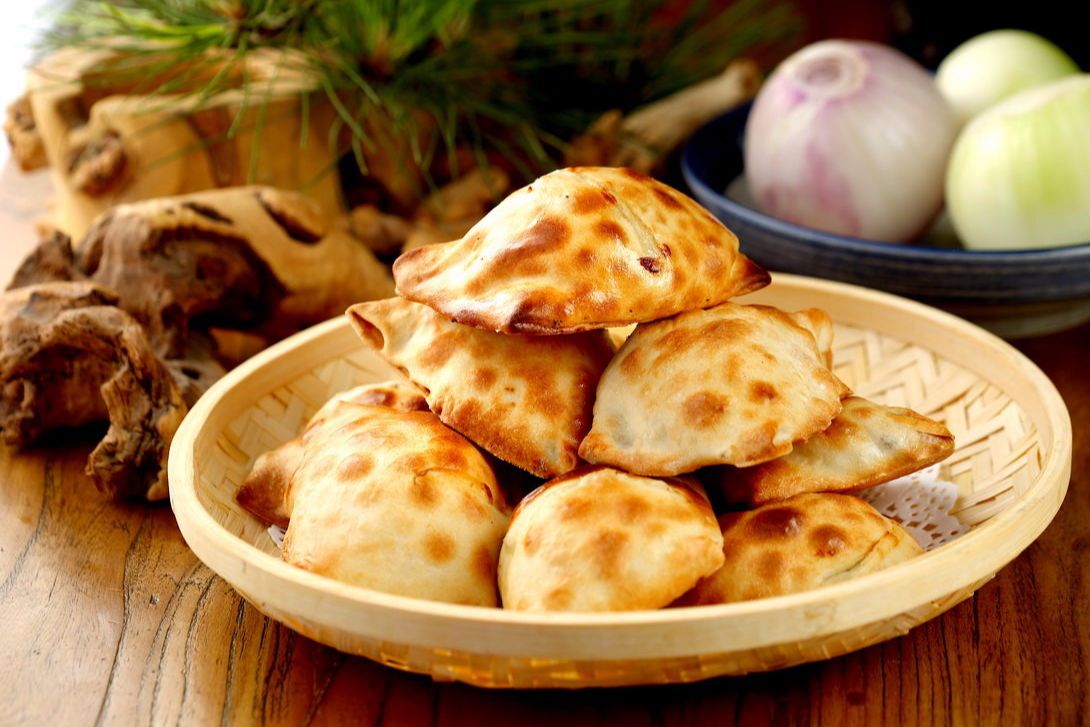
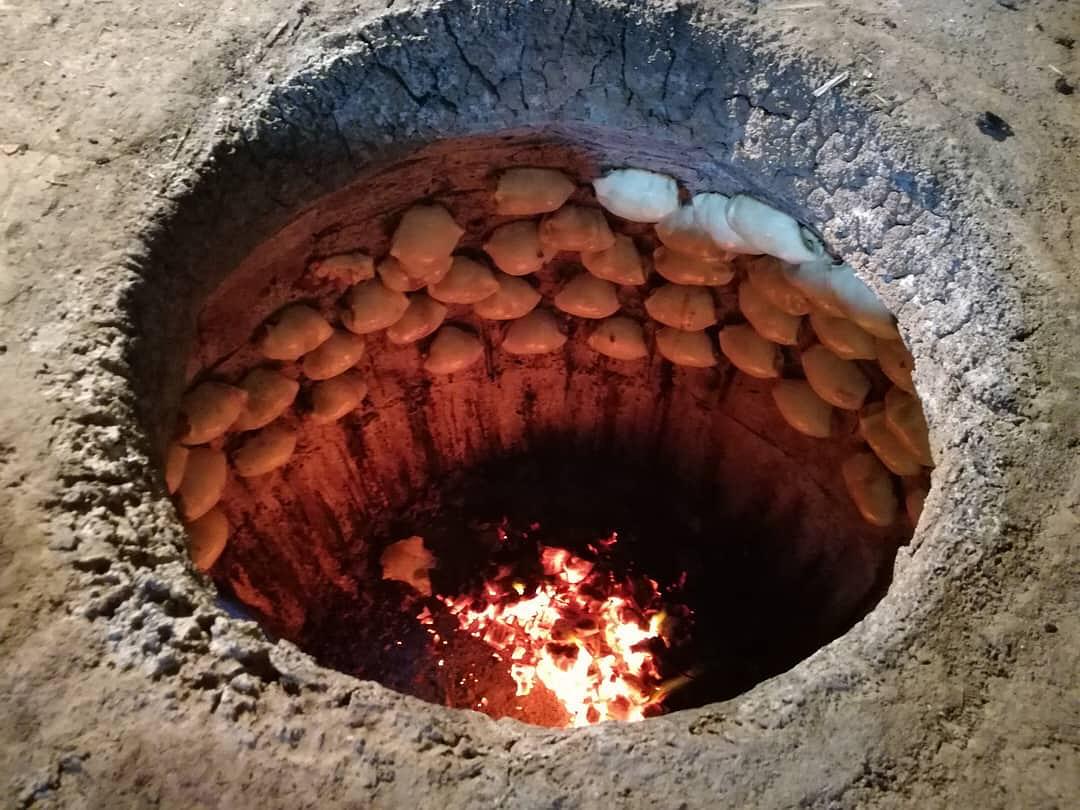
Polu:
Polu is usually an entrée that can fill your stomach. It is made with mutton, lamb, beef or chicken and oil. It is very popular in Kashgar, and one bite is enough to remember its taste for a long time.
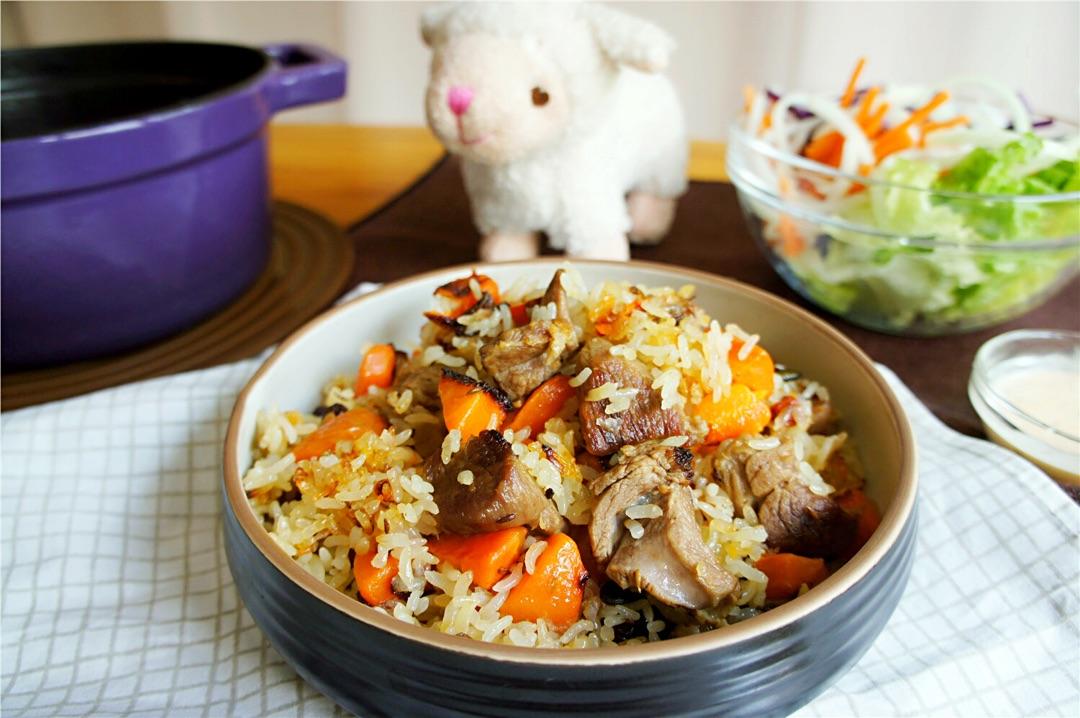
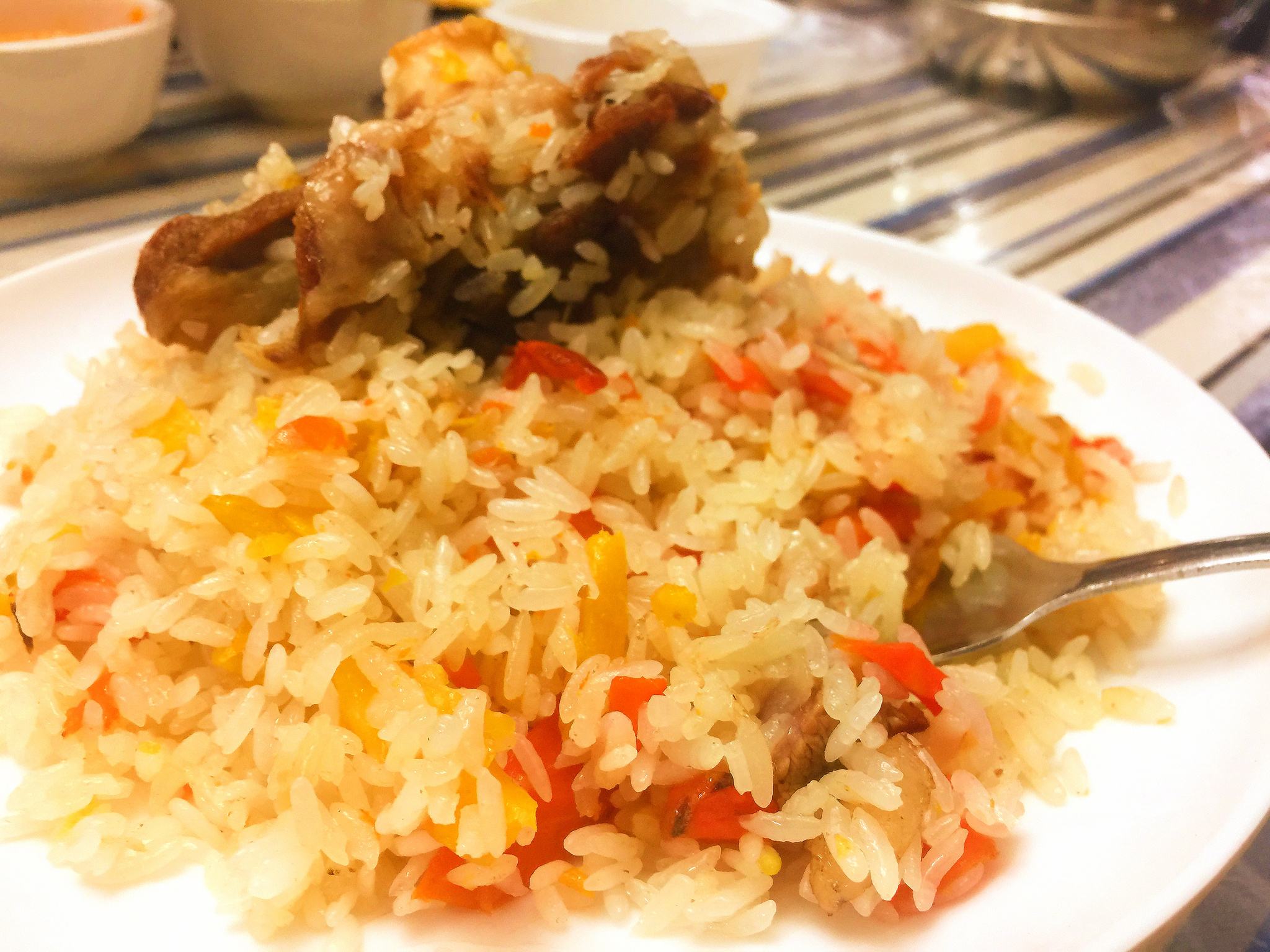
Other Popular Snacks:
There are many other popular snacks and food in Kashgar, such as Poxkal (sliced seedcake), Sangza (crispy fried wheat flour dough twists) and Yutaza (steamed multi-layer bread). The local Han residents also created the Dapanji (Plate Chicken), food filled with spicy chicken, potatoes and peppers served on a big plate, and flat hand-pulled noodles will be added after the chicken is eaten. Kashgar is a city filled with delicious foods and tasty snacks.
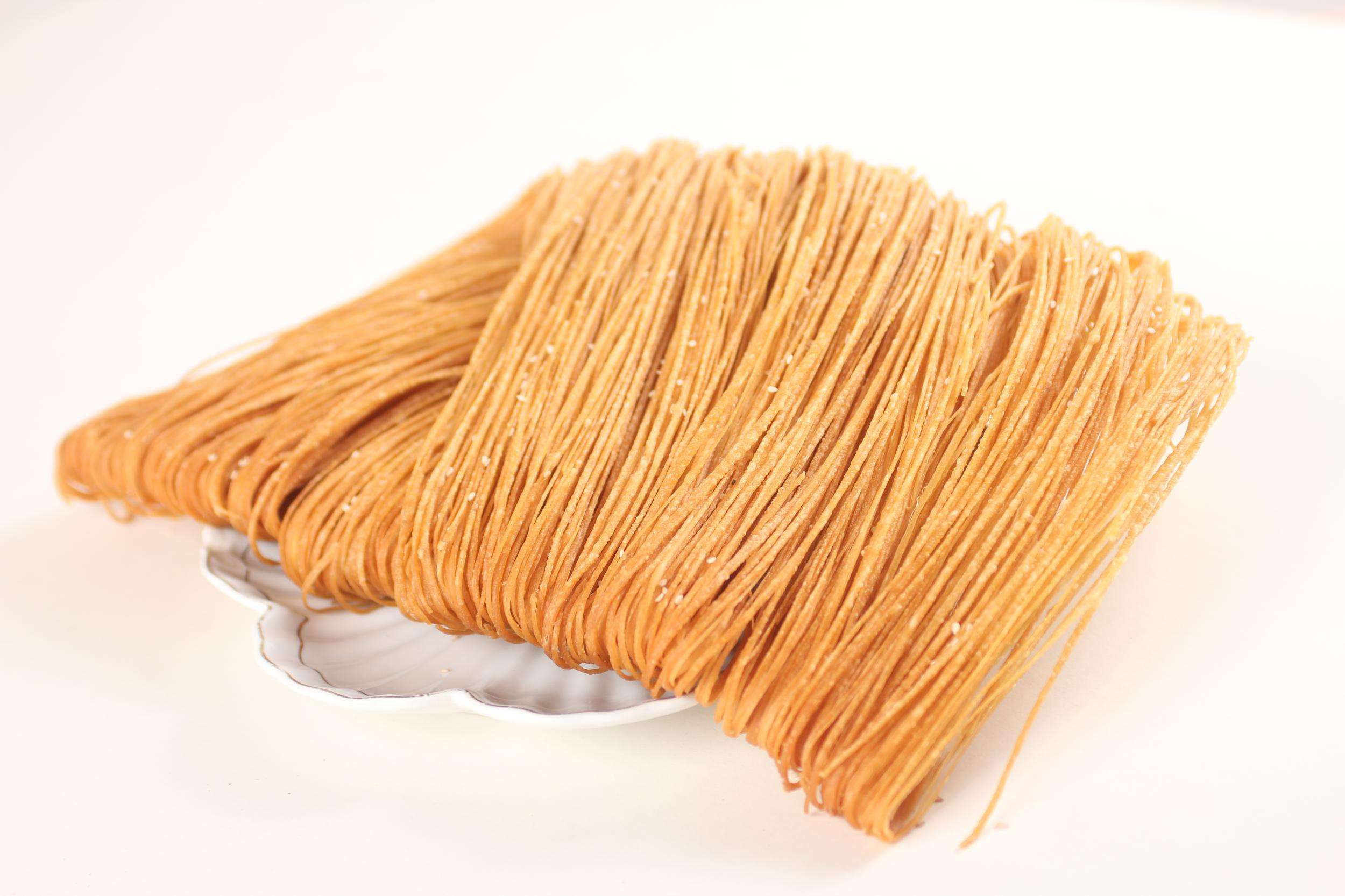
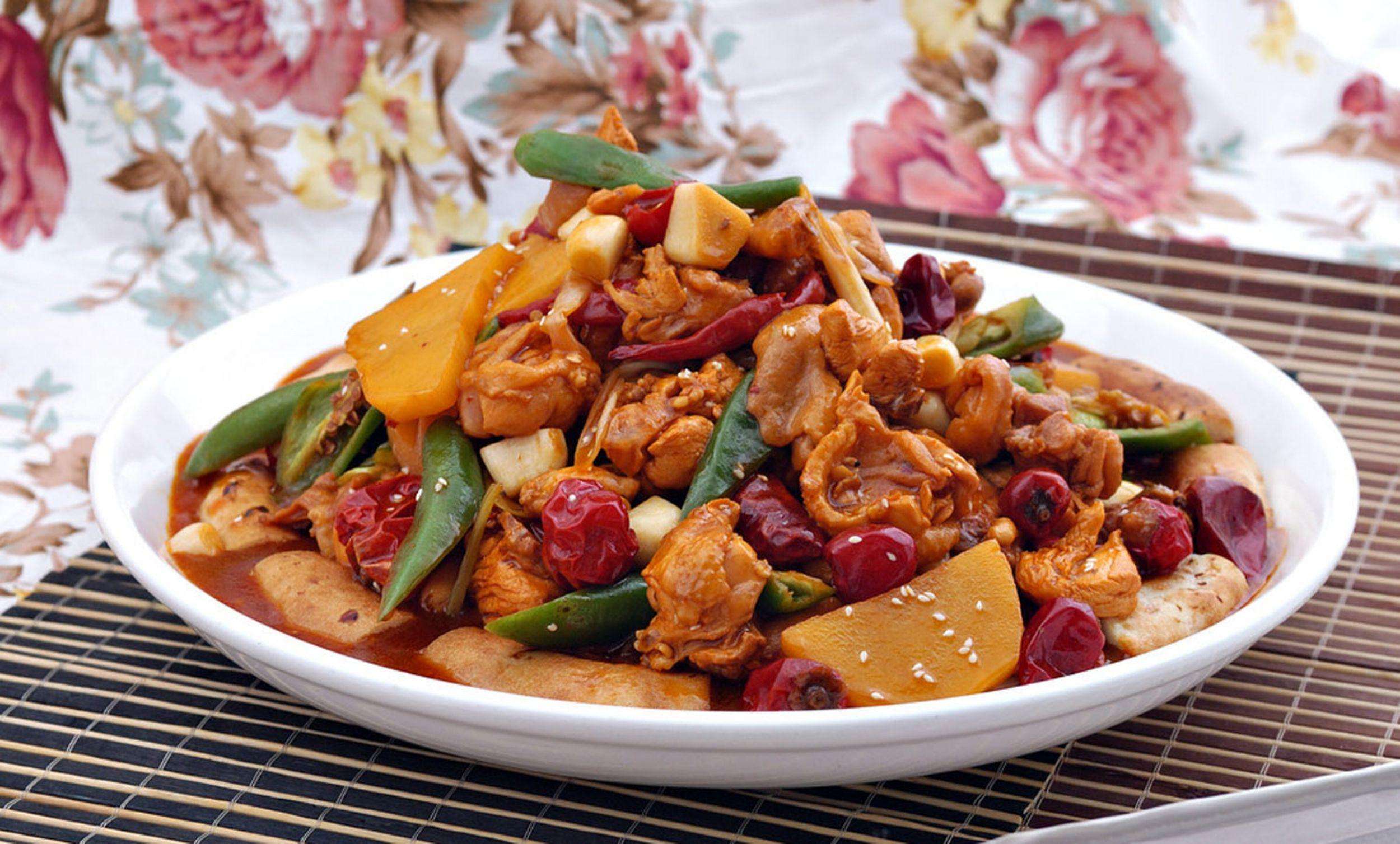
Kashgar is a big family that welcomes everyone. In the restaurants and luncheonettes, delicious Kashgar food is served and local residents, both Uygur and Han, sit together to enjoy the food table by table. Food is not only a business card for Kashgar to show its hospitality and diversity to visitors but also ties of friendship and brotherhood connecting different ethnic groups in the city.
